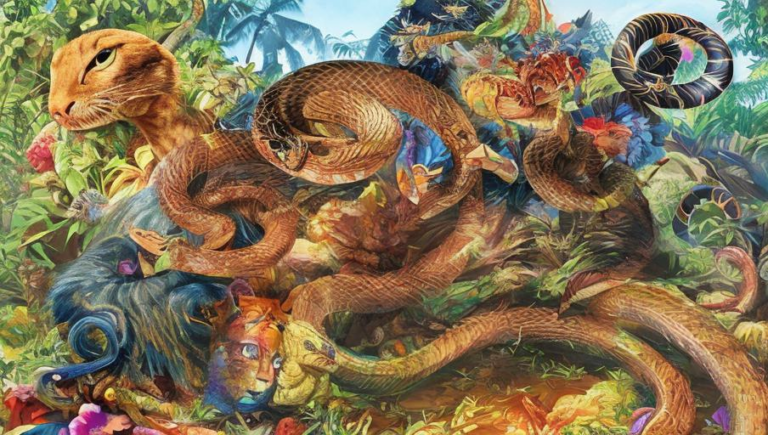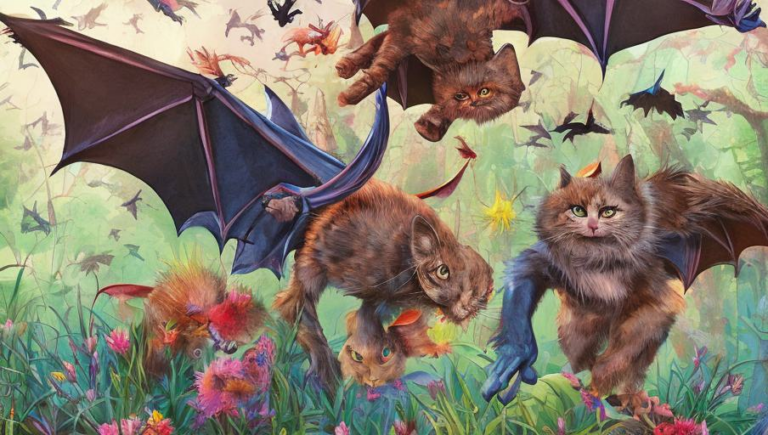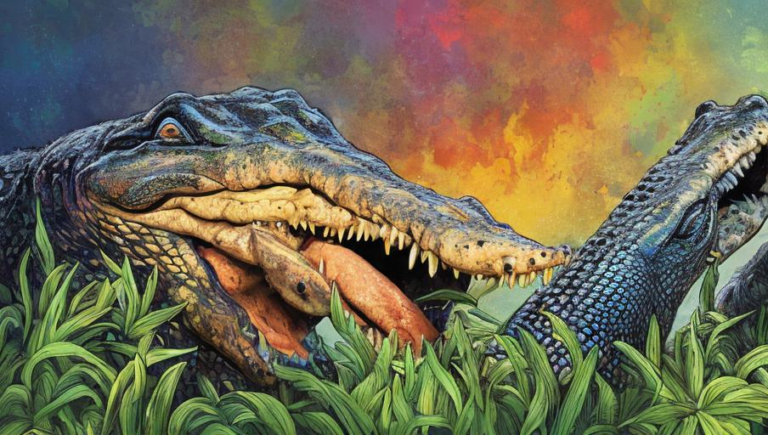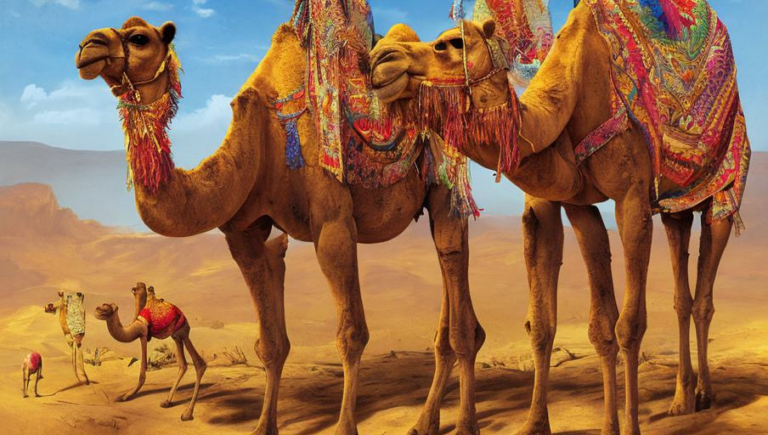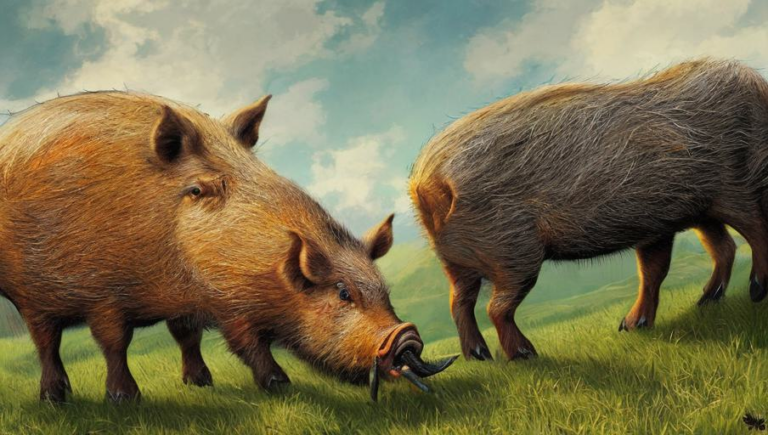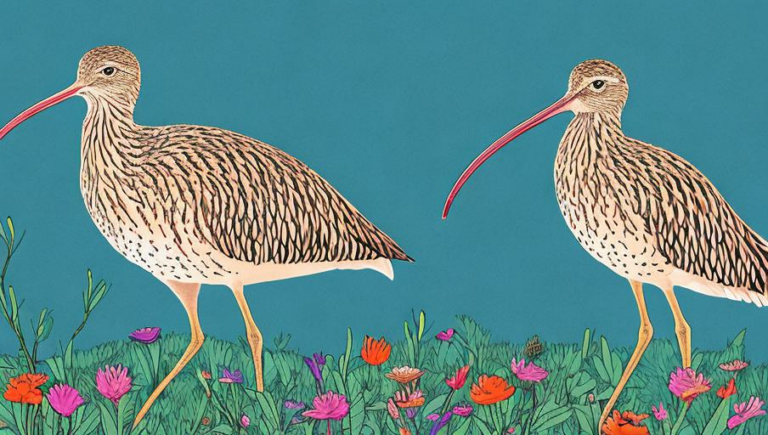Majestic Anteaters of the Wild
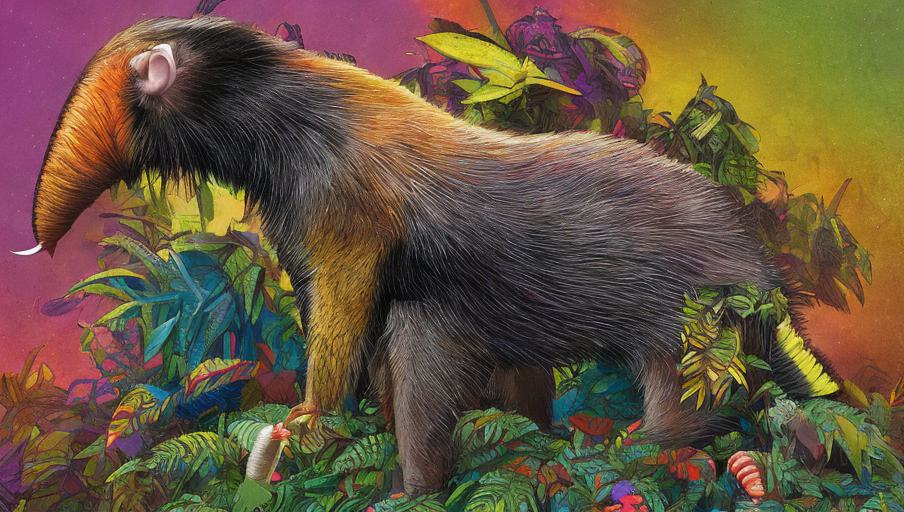
Majestic Anteaters of the Wild
Anteaters are one of the most unique creatures on the planet. These fascinating animals have long snouts that allow them to feast on ants and termites, and their claws make it easy for them to dig through soil and logs. Anteaters are found in tropical regions of South and Central America and can be seen roaming the forests and grasslands in search of their favorite snack.
The three species of anteaters that can be found in the wild are the giant anteater, the silky anteater, and the northern tamandua. The giant anteater is the largest of the species, growing up to 7 feet in length. It is covered in coarse hair and has two long claws on each foot that make it easy for it to dig through logs and the ground. Furthermore, its long, slender snout allows it to reach deep into ant and termite nests.
The silky anteater is the smallest of the three species and is known for its soft fur coat. It is typically found in the forests of Central and South America and is one of the few species of anteaters that can climb trees. This species of anteater often uses its claws to dig for food or to hold onto branches as it moves through the treetops.
The northern tamandua is the most widespread of the three species and can be found in Mexico and throughout Central and South America. It has a thick coat of fur and a short, stubby snout that it uses to find food. This species is actually an omnivore, meaning it will feed on a variety of different foods, including fruits, insects, and even small reptiles.
Anteaters are incredibly important to the ecosystems they inhabit as they help to keep insect populations in check. They also serve as food sources for a variety of different predators, including jaguars, ocelots, and birds of prey. Unfortunately, all three species of anteaters are listed as vulnerable or endangered due to habitat loss and other threats.
Fortunately, there are a number of conservation efforts in place to protect the majestic anteaters of the wild. Organizations such as the World Wildlife Fund and the International Union for the Conservation of Nature are working to protect the anteaters’ habitats, as well as to reduce the threats they face. Additionally, there are a number of rescue centers and sanctuaries that are dedicated to rehabilitating and releasing wild anteaters back into their natural habitats.
Anteaters are an incredible species that are essential to the health of many ecosystems. It is our responsibility to ensure that these unique creatures are protected and that their habitats are preserved. With the help of conservation efforts, we can ensure that the majestic anteaters of the wild remain a part of our world for years to come.
